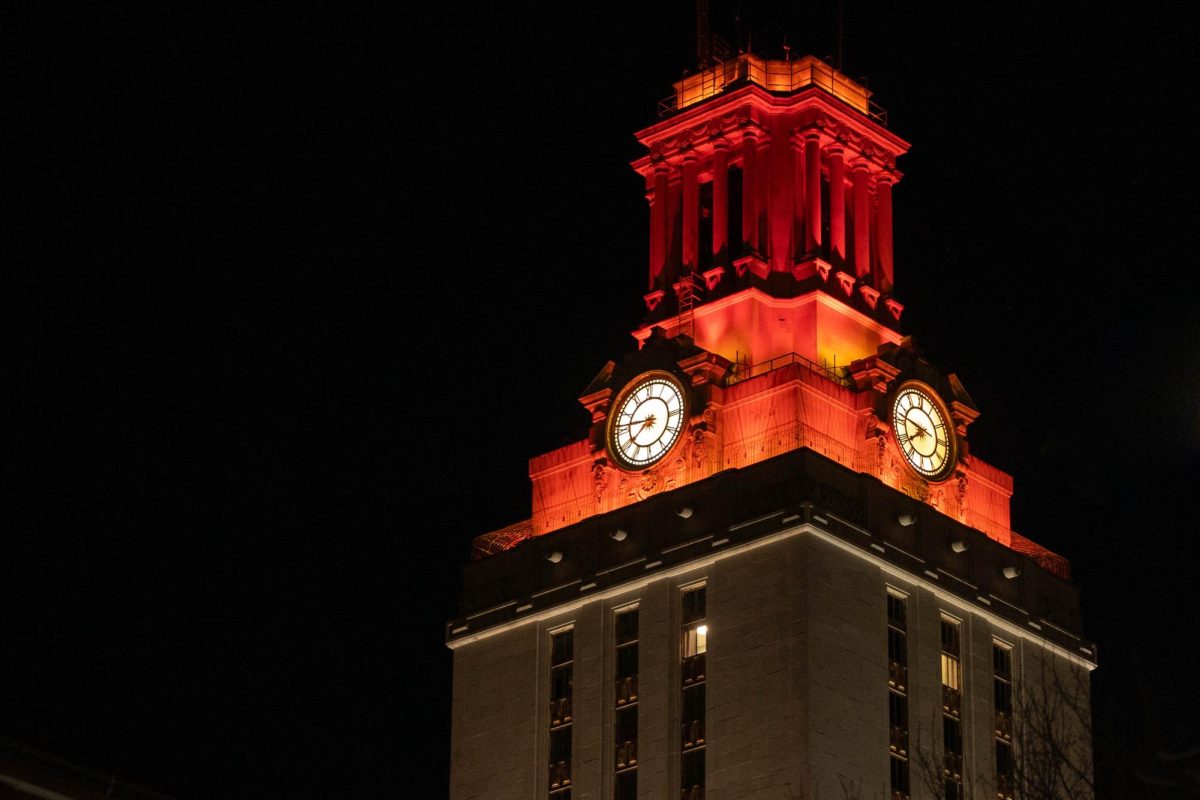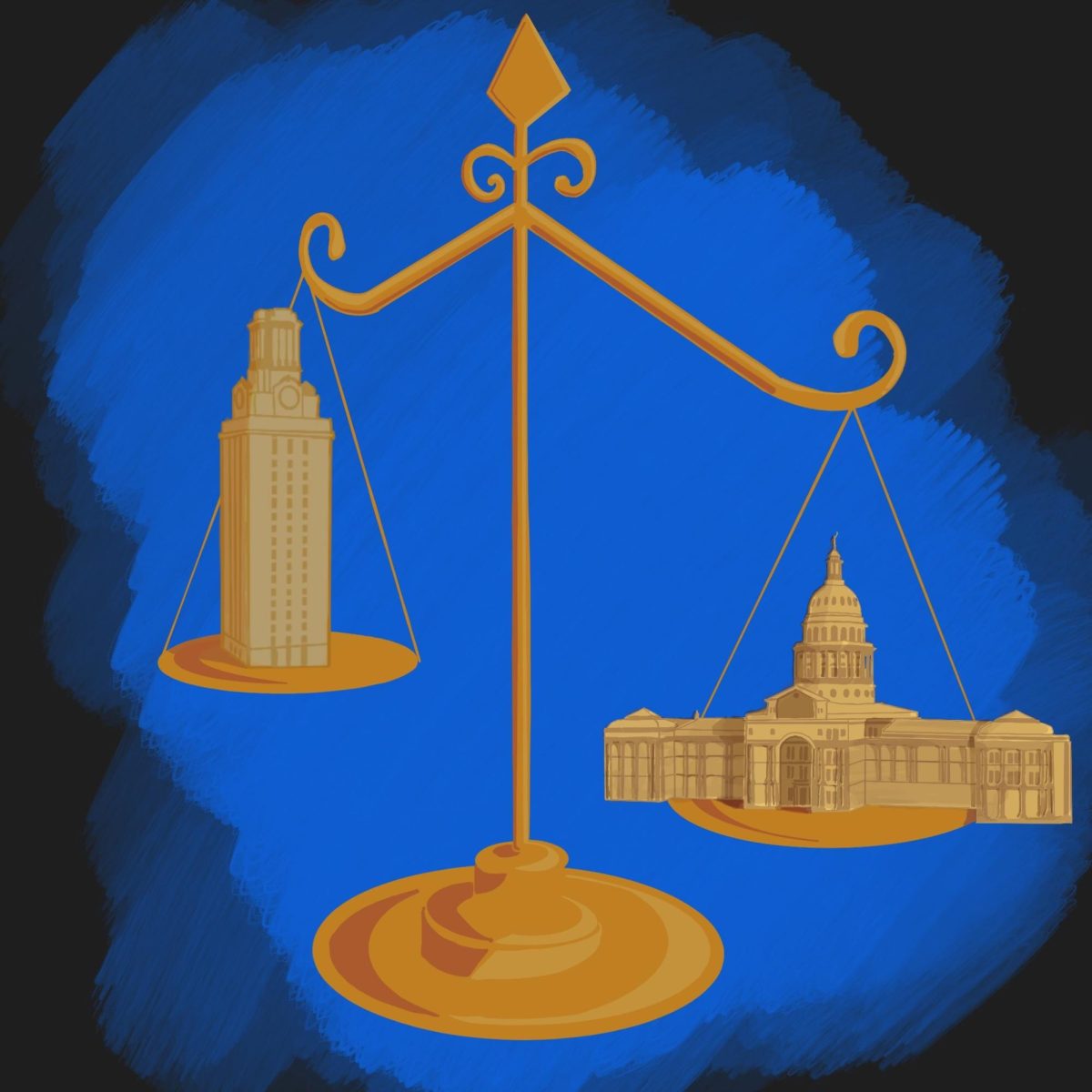Editor’s note: This is the final installment in a two-part series about the 2010 Census in South Texas.
Before the official ensus count ended, community activists and local elected officials in the Rio Grande Valley warned that the region’s population figures would suffer from a severe undercount.
As Texas’ population figures were released Thursday, three of the Valley’s four county judges said they are likely to sue the bureau to force an adjustment in the counties’ population estimates.
According to the data, Hidalgo County saw a 36-percent increase in its population since 2000, from 569,463 to 774,769. But Hidalgo County Judge Ramon Garcia said he thinks the figure stands at closer to 1 million.
San Antonio-based attorney Rolando Rios said the undercount in Valley colonias — communities along the Texas-Mexico border — is not surprising.
“Decade after decade, this happens,” said Rios, who has been involved in census disputes in South Texas since the 1970s. “There are always mistakes when [the census] comes down here.”
Rios said Valley lawyers must make the case that the population in Valley counties has boomed more than the bureau thought. If the bureau’s neighborhood data estimates that 10 people live on a certain block in Hidalgo County, for example, the lawyers must go to the block and physically count the number of people they see living there.
The Equal Voice Network, a cohort of local groups that have worked in the colonias for decades, offers services and community support for the low-income, often migrant workers that live there.
“An undercount is bad news,” said Mike Seifert, the network’s spokesman. “But down here, it’s like a hurricane you don’t recover from.”
The network was been involved in a months-long media campaign in the colonias, where the bureau was supposed to mail out the forms. But colonia residents began contacting some community groups because they did not receive any forms, and some reported unannounced visits from census workers. The network demanded a meeting with the highest leadership in the bureau.
When U.S. Census Bureau Director Robert Groves arrived from Washington, D.C. on April 17, he faced a tense meeting with the network and other community volunteers.
“Too many people and too short of time to deal with this,” according to Seifert’s minutes. “We were misled from the beginning. The Census Bureau needs to take responsibility that they were engaged in a yearlong misinformation campaign.”
The networks also urged bureau officials to allow colonia leaders to accompany the door-to-door counters — a suggestion the bureau rejected citing confidentiality concerns. In the meeting, Groves said allowing some of the community groups to help with the count could appear as preferential treatment.
“Of course, that’s what we want,” Seifert said. “We want them to go out of their way to count down here, because it is so difficult.”
Every step of the way, census representatives said they did exactly that. Calling it “the Cadillac” of enumeration plans, the door-to-door method is the most costly but the most accurate, said Gabriel Sanchez, the bureau’s regional director.
But target advertising is not easy for the bureau, which must distribute materials to communities across the nation. Sanchez said the bureau spent $600 million on the national advertising campaign. Most of the census posters and other literature distributed to colonia community groups were the same mailed to other regions that received mail-in forms.
“It’s kind of hard to segregate the public message when people are every day being bombarded with, ‘Mail it back, mail it back,’” Sanchez said. “It’s very hard to segregate that message and make sure you only hear what’s important to you.”
This series is made possible by the Helen M. Powell Traveling Fellowship.



















